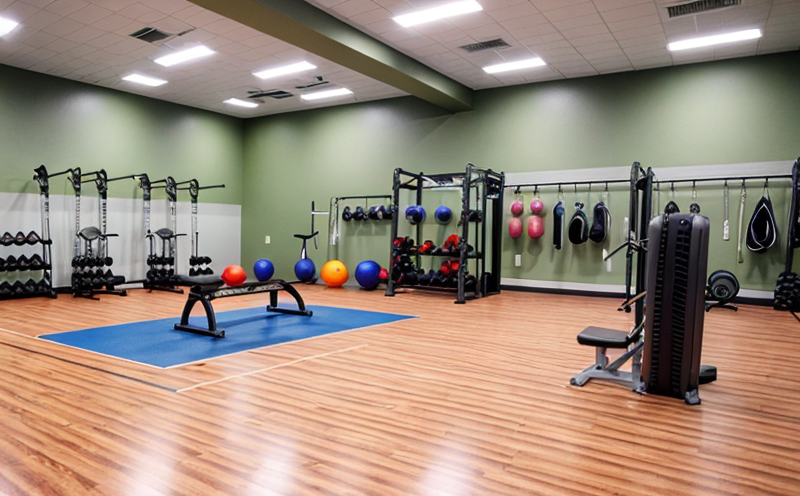Durability Testing of Exercise Machines
In today’s fast-paced world, consumer demand for quality and reliability in sporting goods and fitness equipment is at an all-time high. Ensuring that exercise machines are durable enough to withstand regular use over extended periods is crucial. This section explores the intricacies and importance of durability testing for exercise machines within the broader context of consumer products and product safety.
The lifecycle of a commercial or home exercise machine can vary significantly based on usage frequency, maintenance practices, and environmental factors. Durability testing aims to simulate real-world conditions under which these devices are expected to operate. This ensures that manufacturers deliver products that not only meet regulatory standards but also provide long-term value to consumers.
Durability tests for exercise machines typically include a range of simulations designed to mimic typical user behaviors, such as daily workouts, extreme usage scenarios (e.g., heavy lifting or intense training), and storage conditions. These tests often involve high-frequency cycling, load testing, vibration analysis, and environmental stressors like humidity and temperature fluctuations.
For instance, a treadmill might undergo constant walking and running cycles to ensure the frame remains stable over time. Similarly, elliptical machines could be tested for their ability to handle varying resistance levels without structural damage or component failure. The tests also account for potential long-term effects of corrosion in outdoor models exposed to weather elements.
| Test Parameter | Description |
|---|---|
| Cycling Load Capacity | Measures the machine's ability to support specified weights during continuous use. |
| Vibration Analysis | Evaluates how well the machine dampens vibrations to prevent noise pollution and structural wear. |
| Environmental Exposure | Tests for corrosion resistance in outdoor models subjected to varying environmental conditions. |
| Shock Resistance | Evaluates the machine's resilience to sudden impacts, such as dropping heavy weights or user falls. |
Industry Applications
- Commercial gyms and fitness centers looking for reliable equipment that can handle high usage.
- Manufacturers seeking to improve product longevity and customer satisfaction.
- Regulatory bodies ensuring compliance with safety standards.
- R&D departments aiming to innovate without compromising on durability.
Durability testing is essential for several industries, particularly consumer goods and fitness equipment. It helps manufacturers identify potential weaknesses early in the product development cycle, enabling them to address these issues before mass production begins.
Regulatory bodies like the FDA (Food and Drug Administration) or national equivalents often require robust durability data as part of their certification processes. This ensures that all exercise machines entering the market meet stringent quality assurance criteria, thereby protecting public health and safety.
Customer Impact and Satisfaction
The primary goal of durability testing is to enhance customer satisfaction by delivering products that last longer with minimal maintenance. When consumers invest in durable exercise machines, they are assured of consistent performance throughout their ownership period.
For commercial gyms, reliable equipment translates into lower operational costs due to reduced replacement rates and extended warranty periods. This not only benefits the gym operators but also enhances customer experience by offering a consistently high-quality workout environment.
Durability testing also plays a significant role in fostering brand loyalty among fitness enthusiasts who value long-term investment options over short-lived trends. By prioritizing durability, manufacturers can build trust with their customers, leading to repeat purchases and positive word-of-mouth recommendations.
Environmental and Sustainability Contributions
Durability testing contributes positively to environmental sustainability by promoting the use of high-quality materials that reduce waste. Long-lasting products mean fewer replacements, which in turn decreases the demand for raw material extraction and manufacturing processes.
Incorporating eco-friendly practices into durability tests ensures that manufacturers consider both performance and environmental impact simultaneously. This approach supports global efforts towards sustainable development goals by encouraging responsible consumption patterns among end-users.





